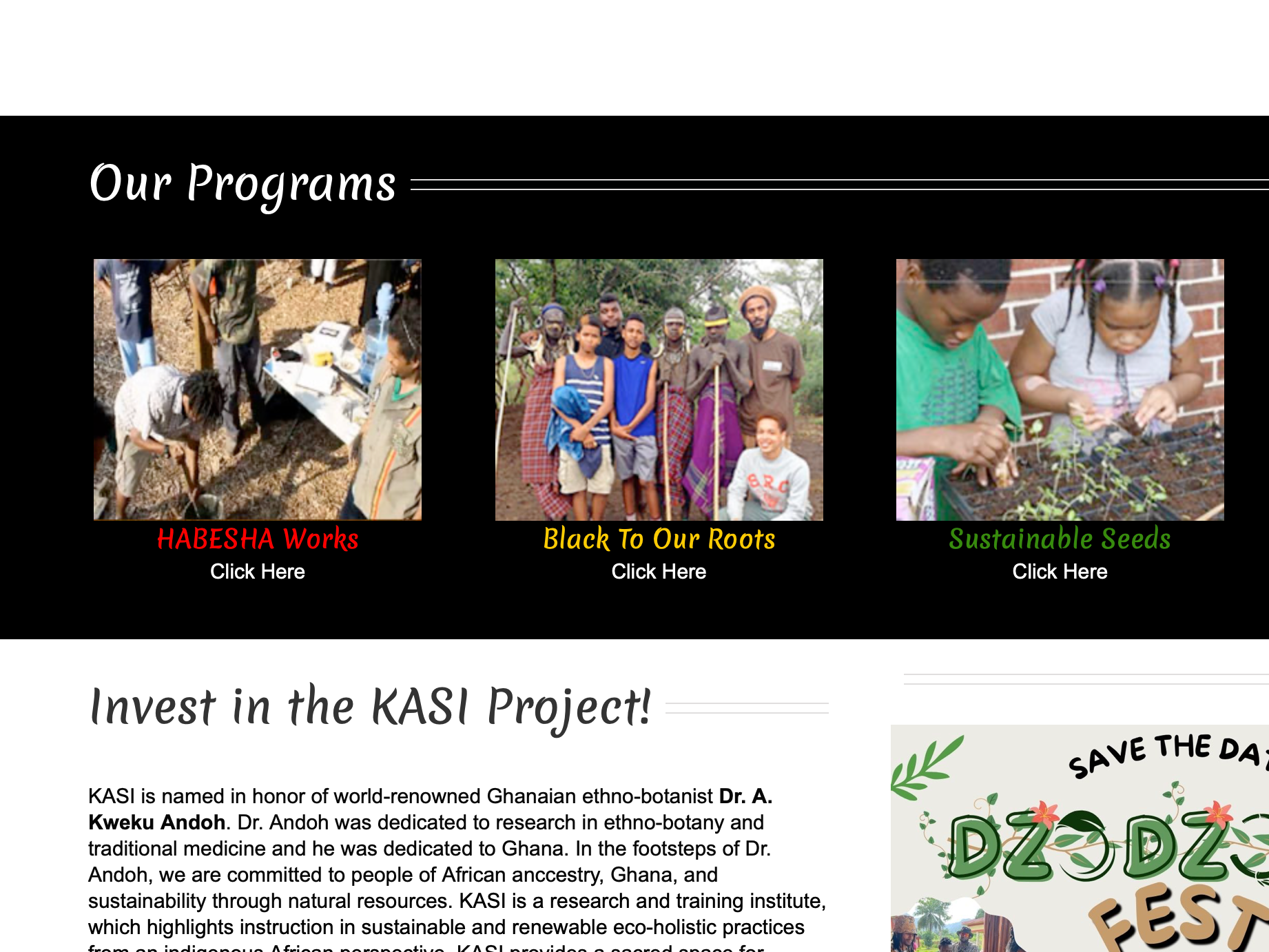Embrace is a one stop shop for women affected by the Polycystic Ovary Syndrome (PCOS), helping them manage their condition by taking control, impacting thousands of lives worldwide.
⎹ Up to 12% of women are affected by Polycystic Ovary Syndrome worldwide
Introducing Embrace - Key Features


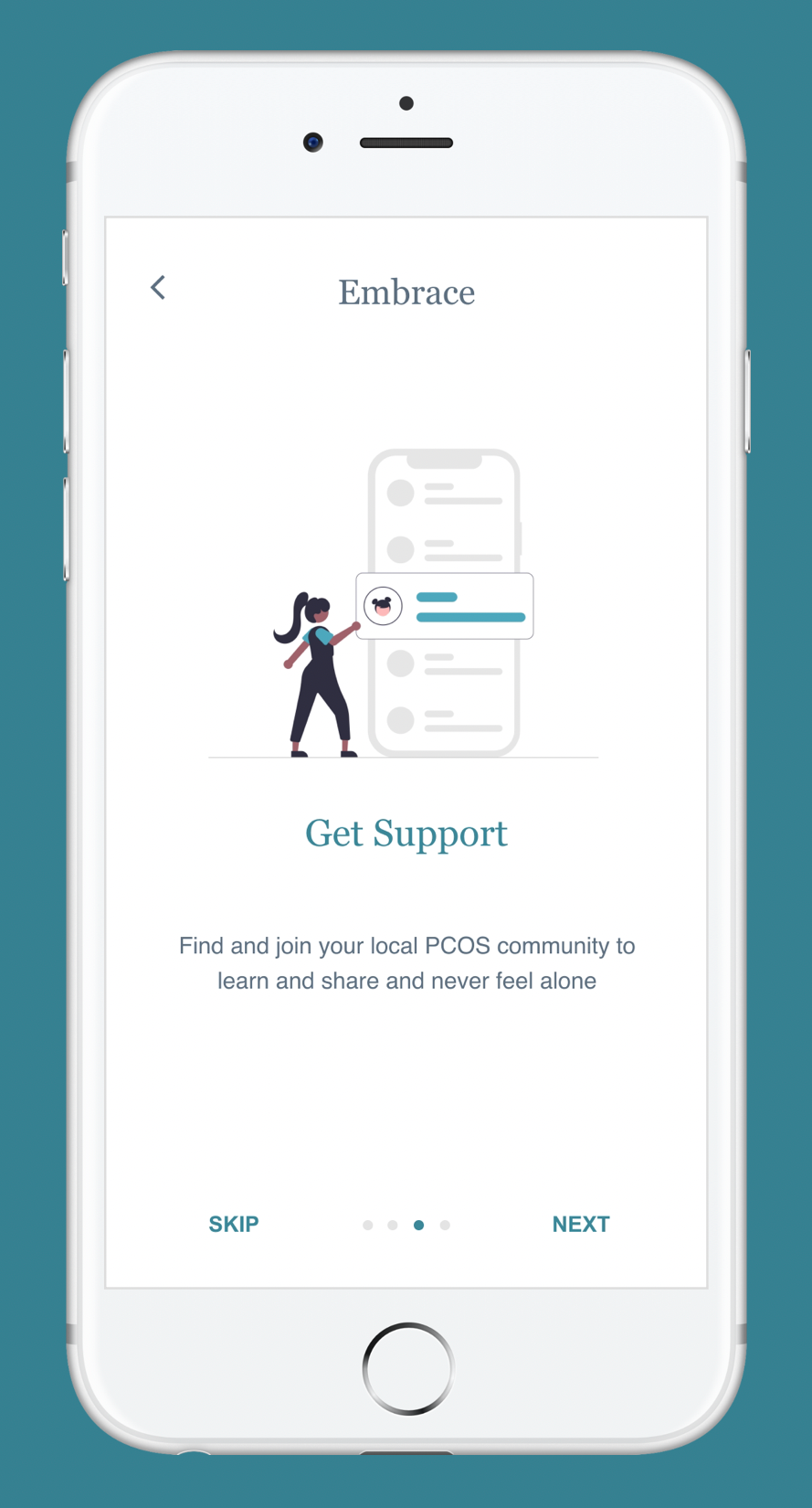
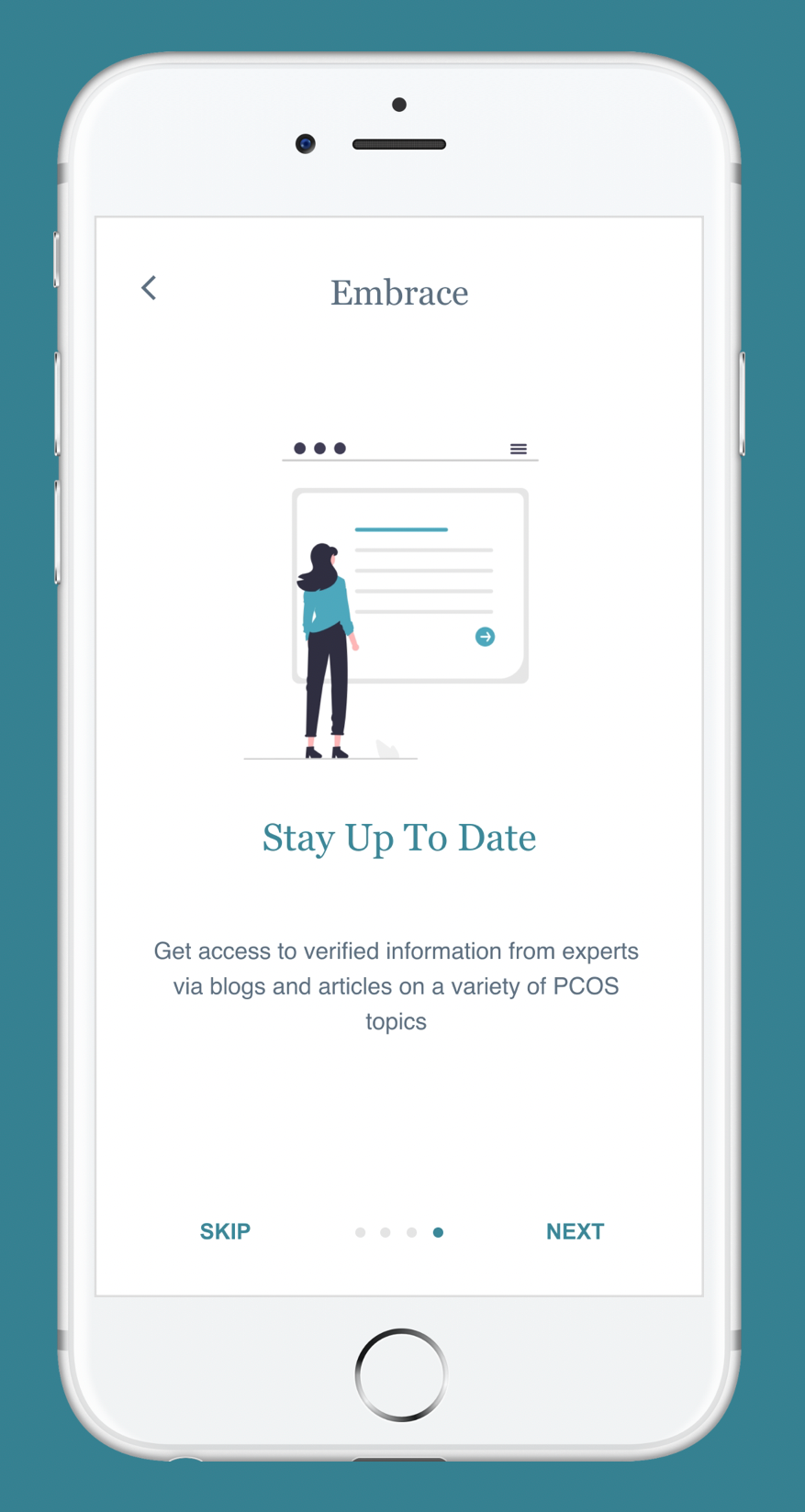
Track to Treat
Track daily symptoms and medications and add new ones. Keeping a record of these and be aware of the changes happening in your body to discuss with your doctor.
Store Records
Upload medical and test reports, and prescriptions, and have access to them anywhere and everywhere. It doesn't matter if you are at your doctor's office or at a pharmacy, just open the app and access the required test result.
Never Feel Alone
Share your stories and tips for managing PCOS and chat with women in the same boat as you.
Stay Up To Date
Easily access expert verified articles on varied PCOS topics and stay up to date.
From Insights to Impact: BTS of the Solution
Market Analysis to Uncover Opportunities
A thorough analysis of three existing PCOS applications was conducted to understand their objectives, overall strategy, market advantage. SWOT analysis for each competitor helped to better understand their strengths, weaknesses, opportunities and threats.
Understanding the Problem Space
To gain deep insights into the challenges faced by individuals with PCOS, user interviews were conducted to understand their struggles, coping mechanisms, and desired improvements. These interviews provided valuable insights into their lifestyle and health management needs, shaping the design of the application. Additionally, user surveys supplemented the findings, highlighting key pain points and reinforcing essential features to prioritize in the solution.
User Research Goals
Designing an all inclusive application
The target users for this product were individuals assigned female at birth between the ages of 15 to 45 who are managing PCOS and seeking better ways to track and improve their health. Women are diagnosed with varied levels of PCOS, some cases are mild while some are severe. Designing an application that caters the needs of both these groups was a challenge.
Understanding the user's tasks
User flows and journey maps helped to understand the path a user would take to achieve their goal and the emotions associated with each stage, leading to understanding of key features needed.
Information Architecture
An open card sorting exercise helped to organize the content into categories that the users are familiar with.
Wireframing and Refinement Through Testing
After defining key features, wireframes were created to visualize the user flows and were then tested with users to gather feedback and refine the design.
Usability testing objectives:
▶︎ Determine if participants understood what the app is about quickly and easily and the value it provides.
▶︎ Observe how users navigate and find information from the home page and see whether they can successfully find what they are looking for.
▶︎ Test the four main features of the application by asking users to complete small tasks associated with each feature.
▶︎ Observe how users navigate and find information from the home page and see whether they can successfully find what they are looking for.
▶︎ Test the four main features of the application by asking users to complete small tasks associated with each feature.
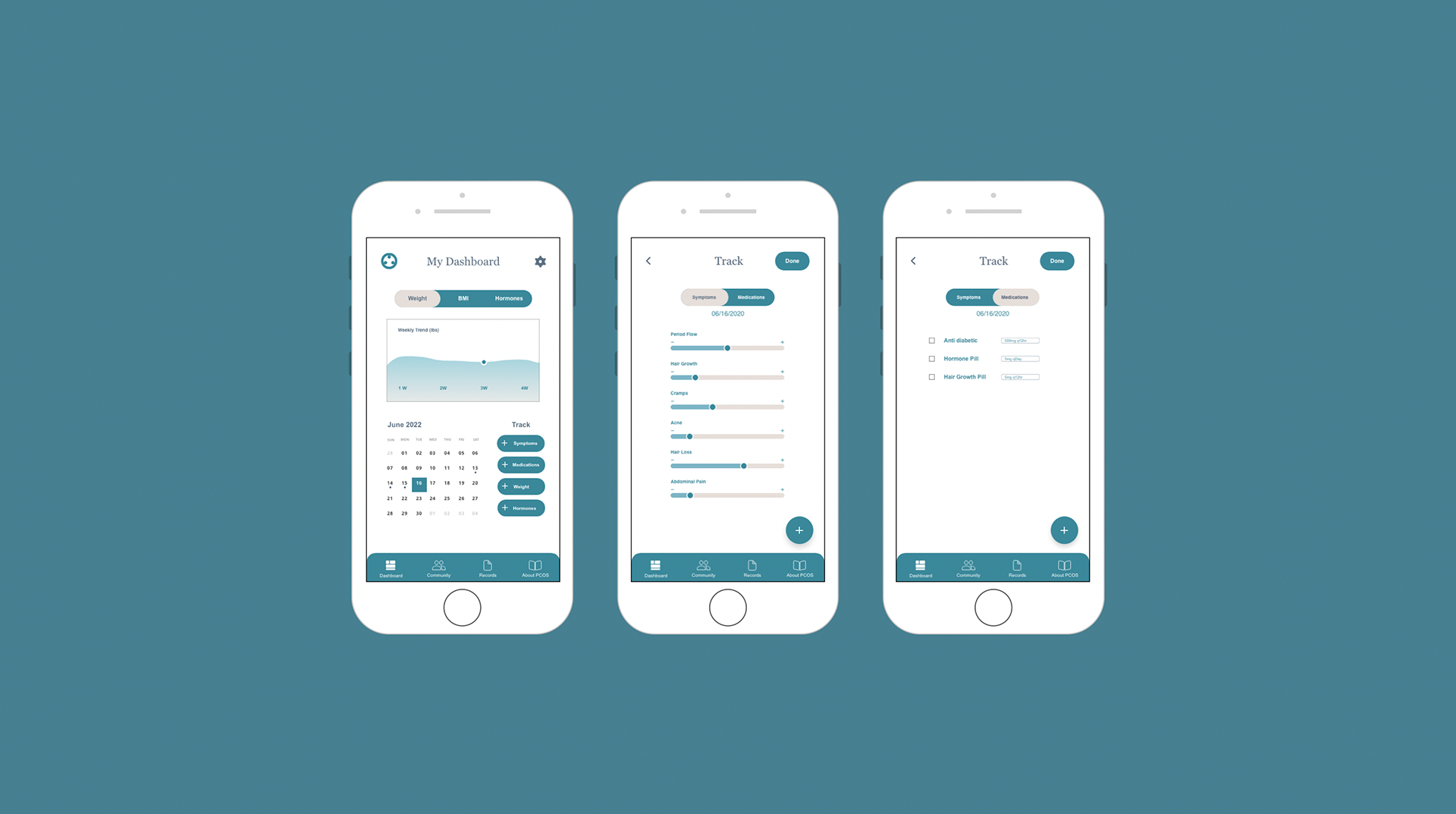
Adding Symptoms and Medications

Uploading Reports

Community Feature
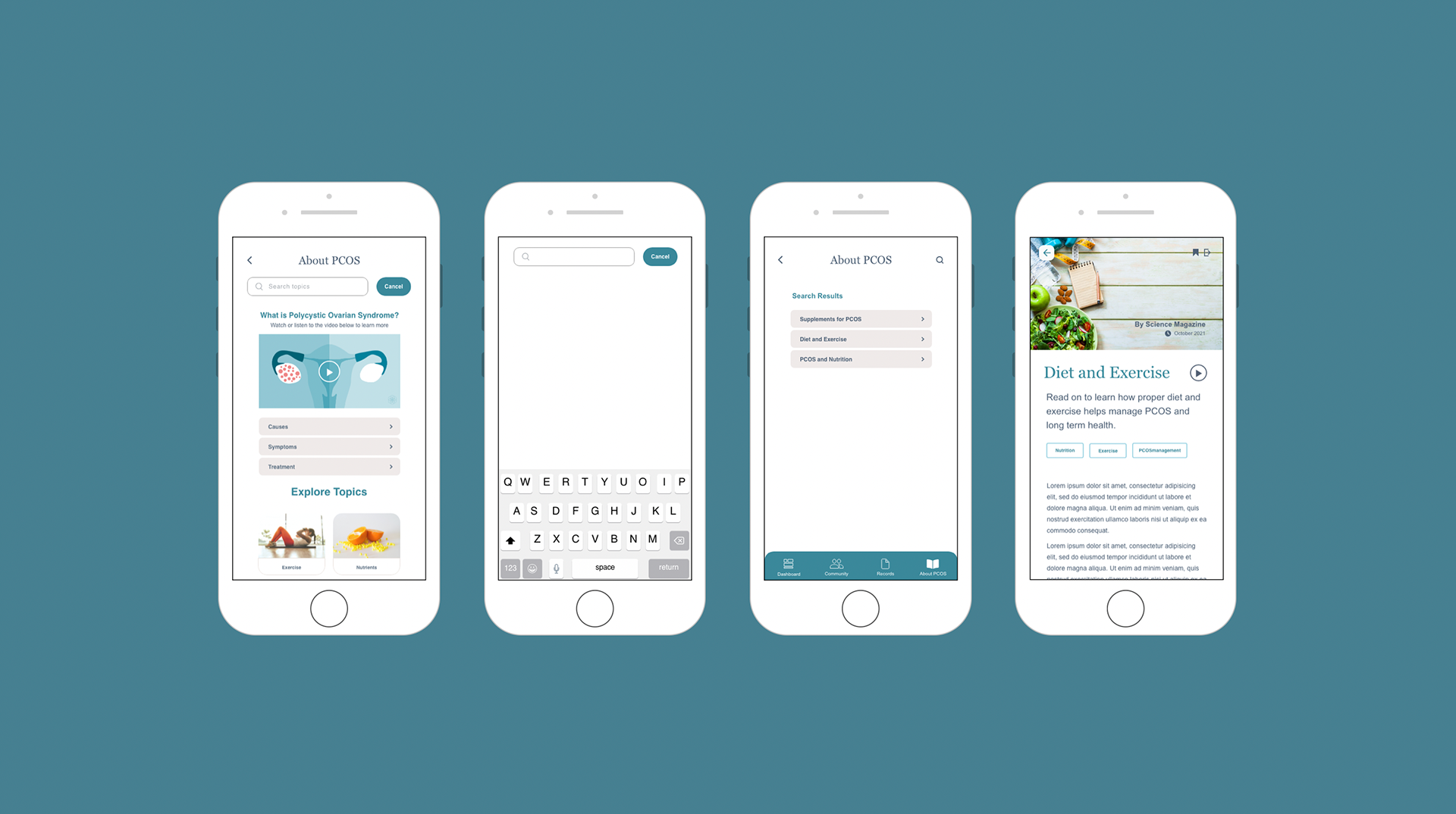
PCOS Articles
Prioritizing Improvements
The insights from the user testing sessions were used to inform the most important and critical aspects of the app that needed improvements to increase usability.
Iterative Design and Responsive Design
The app screens went through many iterations from initial sketches to high fidelity designs based on user feedback and new learnings, ensuring that the final solution met user needs. Responsive design principles were carefully considered, utilizing a grid structure to ensure a well-organized layout, fluid scalability, and consistent user flows across all devices.
The Future
Incremental Changes
The next stage of the application will involve exploration and discovery in the following areas based on the feedback from the user testing sessions:
▶︎ Problem: Users need easy access to doctors to instantly resolve their queries regarding PCOS.
▶︎ Problem: Users need easy access to doctors to instantly resolve their queries regarding PCOS.
Proposed Solution: By adding a doctor’s portal, we can allow users to filter and select the doctors per their needs. The portal will allow for direct messaging and video calling to the selected doctor so that users can have their questions answered.
▶︎ Problem: Users find it tedious to enter hormone levels in the tracker and would like automate this task.
Proposed Solution: By providing the users an option to sync their medical reports to extract hormone information, users will not have to manually enter the hormone levels since they will be automatically extracted from the synced, uploaded report.
▶︎ Problem: Users might forget to track symptoms/ medications/ weight etc. sometimes.
Proposed Solution: By adding a customizable notification or reminder option for users, we can help them remember to track their parameters so that they do not miss tracking important health information.
▶︎ Problem: Users find it tedious to enter hormone levels in the tracker and would like automate this task.
Proposed Solution: By providing the users an option to sync their medical reports to extract hormone information, users will not have to manually enter the hormone levels since they will be automatically extracted from the synced, uploaded report.
▶︎ Problem: Users might forget to track symptoms/ medications/ weight etc. sometimes.
Proposed Solution: By adding a customizable notification or reminder option for users, we can help them remember to track their parameters so that they do not miss tracking important health information.
The Metrics
Here's how success was measured
Success was measured using SEQ ratings to assess the overall usability of the design, along with user feedback to gather insights on satisfaction, ease of use, and any areas for improvement.
Constraints and tradeoffs
The UX Tug-of-War
▶︎ Since this was a self initiated project with a tight deadline, the focus was on rapid iterations and prioritizing key features instead of deep exploration.
▶︎ There was no development team, thus making it difficult to validate feasibility.
Takeaway
▶︎ Empathy and patience are crucial when conducting research for health-related apps, as users may initially be hesitant to share personal experiences.

